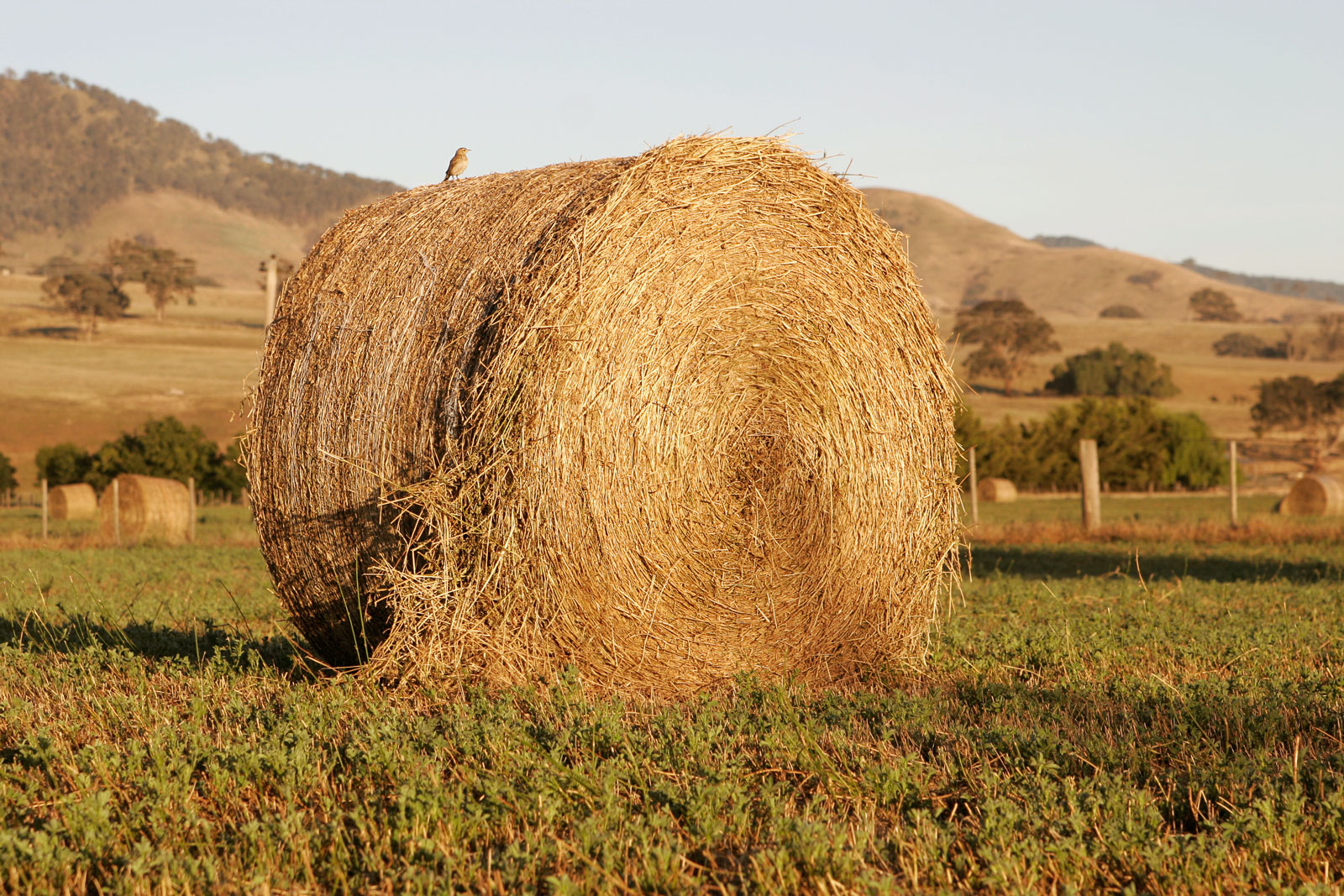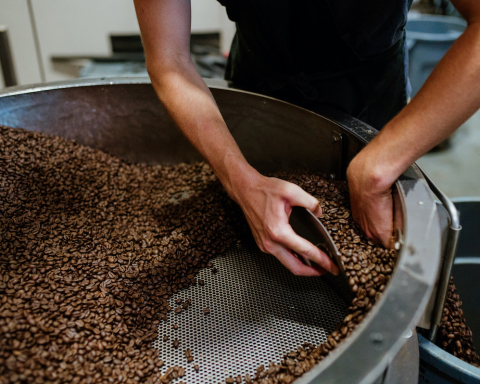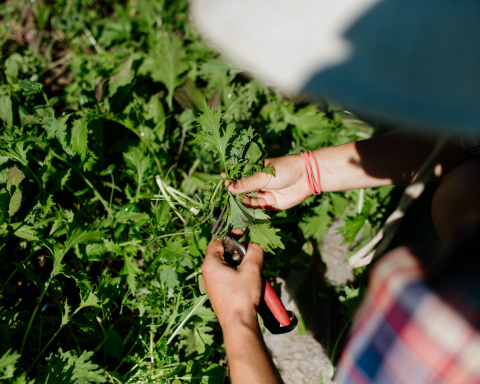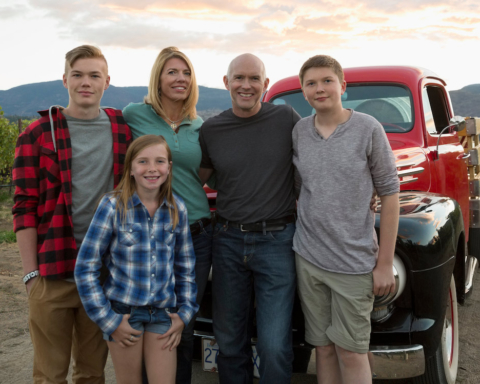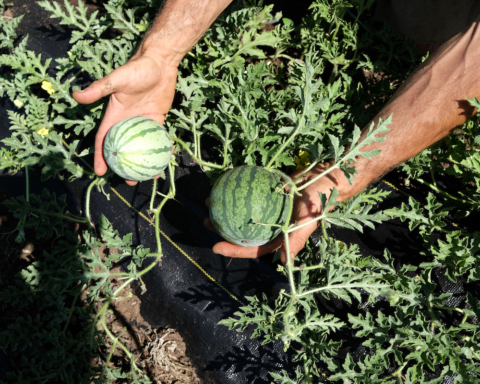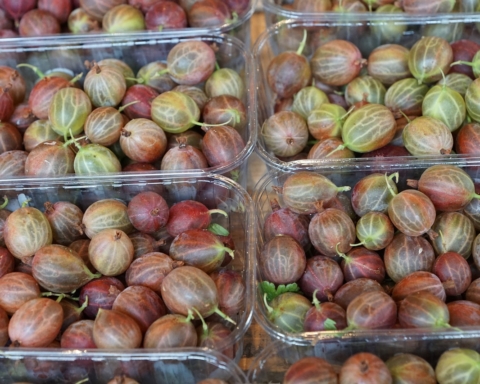Meagan Curtis
During the first decades of the 20th century in rural Vancouver Island, horses were used for farm work and personal transportation. It seemed everyone had a horse of some kind. Horses co-harvested the hay and grain that would feed and warm them through a cold rainy winter after these crops were cut by scythe, raked into wind rows, and left for days to cure. The numerous hay fields surrounding us are remnants of this past work—two centuries of clearing and harvesting.
Although sometimes used for pasture, a hay field is a not a rangeland. It is not a fire-adapted grassland like a tallgrass or shortgrass prairie composed of native plants. These fields of forage were created with non-native plants—plants that are maintained, managed, seeded, cut, irrigated, and fertilized. These fields were essential to how people fed themselves and the livestock that were typically present on farms in the past. In 1871, an average farm in Canada had four pigs, seven head of cattle, and 33 acres of cropland. There were three times more horses on farms then compared to 2016. This meant that much less livestock feed and soil fertility came from off-farm sources.
Many smaller acreages of previously hayed or grazed fields are no longer harvested. Their grasses choke out any possible forest encroachment. Fir, hemlock, spruce, cedar, and understory brackens and ferns cannot re-occupy the spaces. As forest fires are projected to become more frequent and severe in Western Canada and the United States, unless maintained these fields are looking more and more like a patchwork of fire risk across the landscape. An ignited field can spread to barns and houses. Underutilized hay fields have become a question of emergency preparedness and fire safety.
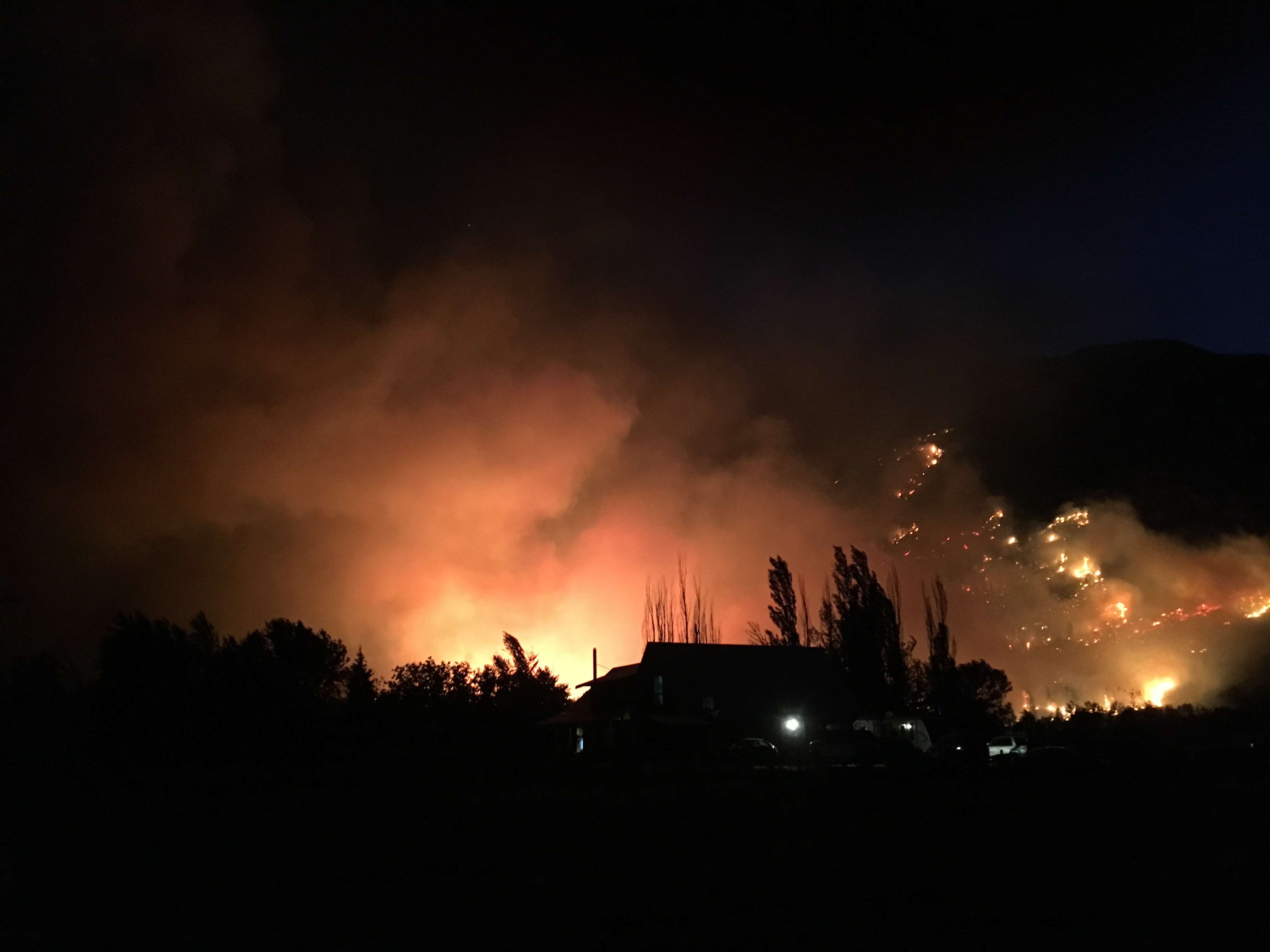
On average, one to two million tonnes of hay and silage are cut each year, according to the B.C. Ministry of Agriculture. The 2011 Census of Agriculture found that 64% of B.C.’s total cropland was hay. At the same time, hay production totals are becoming increasingly variable as drought and unpredictable weather patterns continue. The BC Forage Council reported in 2011 that record precipitation during the growing season and a reduction in livestock demand produced an estimated hay surplus of 122,566 tonnes in the Bulkley-Nechako region. This surplus contrasts conditions in 2006, when widespread drought and reduced livestock numbers resulted in hay shortages throughout the Central Interior, and the reality for some last year, when hay production plummeted in parts of BC and Alberta and buyers faced a price increase from $80 to $200 a ton.
With this cost, some may be convinced to get rid of farm animals. If this occurs, a decrease in demand may result in the increased likelihood that more fields sit fallow. Oscillating years of surpluses and shortages bring uncertainty and could result in a decreased willingness to participate in haying as a sure stream of income.
When a shortage arises, alternative supply possibilities within the region are not numerous and importing hay carries its own set of risks: the introduction of invasive species, the inability to secure a sufficient volume to match herd size, and/or an inability to source appropriate quality. Farmers can use some tools to help ensure sufficient hay production and reduce fire risk on their own farms. These include:
- rotational grazing
- utilizing different types of grass
- water storage and conservation
- mowing perimeters, field edges, and near farm buildings in the spring
- avoiding mowing in late summer when conditions are dry and there is risk of sparking
These suggestions are appropriate for those still engaged in haying, but irrelevant to those whose fields stay untouched. Encouraging the haying of abandoned fields, or at least their perimeters, is one idea that Farmer’s Institutes and others have begun discussing within their communities.
This patchwork of abandoned fields is also symptomatic of a larger problem we face: the lack of working viable diverse small farms and the ongoing loss of a generation of farmers with more haying experience and equipment then the next generation can afford. Buying the equipment necessary for haying acres of land is estimated to cost $60,000 used and $130,000 new. As the average age of farmers increases and their farms are sold for millions, these fields are markers of our ever-declining food security. In the 1950s, Vancouver Island was estimated to produce 85% of its own food. Today we sit between 5-10%. Fields that have not been hayed for many years are rarely in good shape. Their gaps and bumps damage machines and the resulting feed may be of low quality. The economics of haying these fields are questionable, but so is the decision to leave them untouched and not confront why they are unused. As many pieces of haying equipment are retired with the generation that bought them, it appears time to discuss the future of our fields.
Thanks to DeLisa Lewis, Jerry Emblem, and the BC Ministry of Agriculture for their insights.
Meagan Curtis is a member of the BC Eco Seed Coop in Port Alberni, on Instagram @mtjoanfarm. Inspired by EF Schumacher, her farm has three goals: health, beauty, and permanence—productivity is attained as a by-product.
Feature photo: Hay bale with bird. Credit: Fir0002/Flagstaffotos


